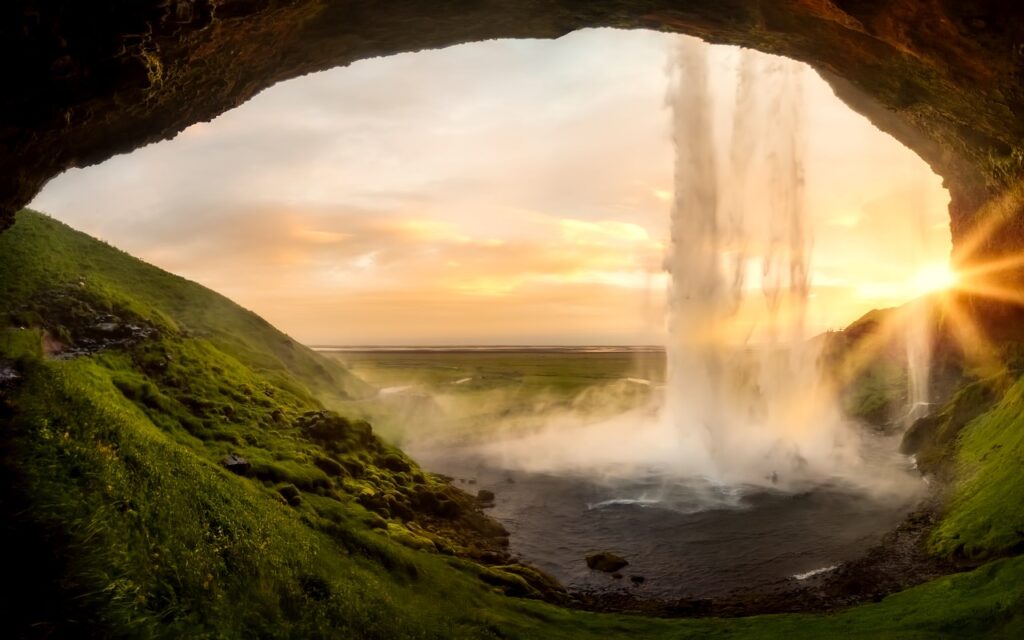Unearthing the Echoes of Vikings: A Deep Dive into the Icelandic Language
Iceland, a land of fire and ice, is not just a geological marvel; it’s a linguistic treasure chest, preserving a language that whispers tales of Vikings and sagas. The Icelandic language, a North Germanic tongue, stands remarkably close to Old Norse, the language spoken by the settlers who braved the Atlantic over a millennium ago. This unique linguistic isolation has fostered a fascinating linguistic ecosystem, where the past resonates vividly in the present.
A Living Fossil: The Linguistic Time Capsule
Imagine stepping into a time machine and hearing the voices of your ancestors. That’s essentially what speaking Icelandic feels like. Due to Iceland’s geographical isolation and historical resistance to linguistic borrowing, the language has retained its archaic features to an extraordinary degree. While other Scandinavian languages underwent significant simplification, Icelandic clung to its complex grammar, rich vocabulary, and intricate declensions.
One of the most striking aspects is its conservative phonology. The pronunciation of certain sounds, like the dental fricatives ‘þ’ (thorn) and ‘ð’ (eth), remains largely unchanged. These sounds, alien to many modern European languages, are a direct link to the Viking Age.
Furthermore, Icelandic grammar is a labyrinth of noun cases (nominative, accusative, dative, genitive), verb conjugations, and strong/weak declensions. This complexity, while daunting to learners, is a testament to the language’s resilience. Unlike English, which has largely shed its case system, Icelandic maintains it with unwavering fidelity.
The Power of Neologisms: Coining the Modern World
While Icelandic cherishes its ancient roots, it’s far from stagnant. To adapt to the modern world, Icelanders have developed a remarkable system of neologisms. Instead of borrowing foreign words, they create new Icelandic terms based on existing roots and grammatical structures.
For example, “computer” is not simply adopted as “computer” but transformed into “tölva,” a combination of “tala” (number) and “völva” (seeress). Similarly, “telephone” becomes “sími,” from “síma” meaning “thread” or “wire.” This creative approach has allowed Icelandic to seamlessly integrate modern concepts while maintaining its linguistic purity.
This practice extends to even the most contemporary of terms. Words like “internet” become “internet” or “veraldarvefur” which translates to “world wide web.” Similarly, “podcast” is “hlaðvarp” which is a combination of “hlaða” (to load) and “varp” (broadcast). The ability to craft new words that feel inherently Icelandic is a testament to the language’s adaptability and vitality.
Sagas and Eddas: The Literary Legacy
Icelandic is intrinsically linked to its rich literary heritage. The sagas, epic tales of Viking heroes and family feuds, were written in Old Norse, the direct ancestor of modern Icelandic. These sagas, along with the Eddas, collections of Norse mythology, are not just literary masterpieces; they are invaluable historical documents, offering insights into the lives, beliefs, and social structures of the Viking Age.
Reading these texts in modern Icelandic allows one to experience the original language’s power and beauty. While the vocabulary and grammar have evolved, the core remains remarkably similar, enabling Icelanders to connect with their literary heritage in a way that few other cultures can.
Furthermore, the tradition of storytelling continues to thrive in Iceland. Modern Icelandic literature, from the poetic realism of Halldór Laxness to the contemporary crime novels of Arnaldur Indriðason, draws inspiration from the country’s rich literary past, ensuring that the Icelandic language remains a vibrant medium for artistic expression.
The Challenges of Preservation: A Delicate Balance
Despite its strength and resilience, Icelandic faces challenges in the digital age. The dominance of English in technology and media poses a threat to the language’s vitality. Efforts to promote Icelandic in education, media, and technology are crucial for ensuring its survival.
The small size of the Icelandic-speaking population, approximately 350,000, also necessitates a concerted effort to preserve the language. Maintaining a strong linguistic identity in a globalized world requires constant vigilance and innovation.
Initiatives like the Árni Magnússon Institute for Icelandic Studies, dedicated to preserving and researching Icelandic language and literature, play a vital role. Similarly, the Icelandic government supports projects aimed at developing Icelandic language technology, ensuring that the language remains relevant in the digital age.

Learning Icelandic: An Adventure in Linguistic Archaeology
For those intrigued by language and history, learning Icelandic is an adventure in linguistic archaeology. It’s a journey into a world where the echoes of Vikings still resonate, where ancient sagas come alive, and where the power of language to preserve cultural identity is undeniable.
Learning Icelandic is not just about mastering grammar and vocabulary; it’s about connecting with a culture that has fiercely guarded its linguistic heritage. It’s about understanding the unique relationship between language, identity, and place.
While the complexities of Icelandic grammar may seem daunting, the rewards are immense. The ability to read the sagas in their original language, to converse with Icelanders in their native tongue, and to experience the unique beauty of Icelandic literature is a privilege.
A Language of Resilience: A Testament to Cultural Identity
The Icelandic language is more than just a means of communication; it’s a living testament to the resilience of a culture that has thrived in a challenging environment. It’s a language that has weathered centuries of change, preserving its unique identity while adapting to the modern world.
As we delve into the intricacies of Icelandic, we uncover not just a language but a window into a fascinating culture and a rich history. The echoes of Vikings, the power of the sagas, and the creativity of neologisms all contribute to the unique tapestry of the Icelandic language. It’s a language that deserves our attention, our admiration, and our respect. In a world increasingly homogenized, Icelandic stands as a powerful reminder of the enduring power of linguistic diversity.


